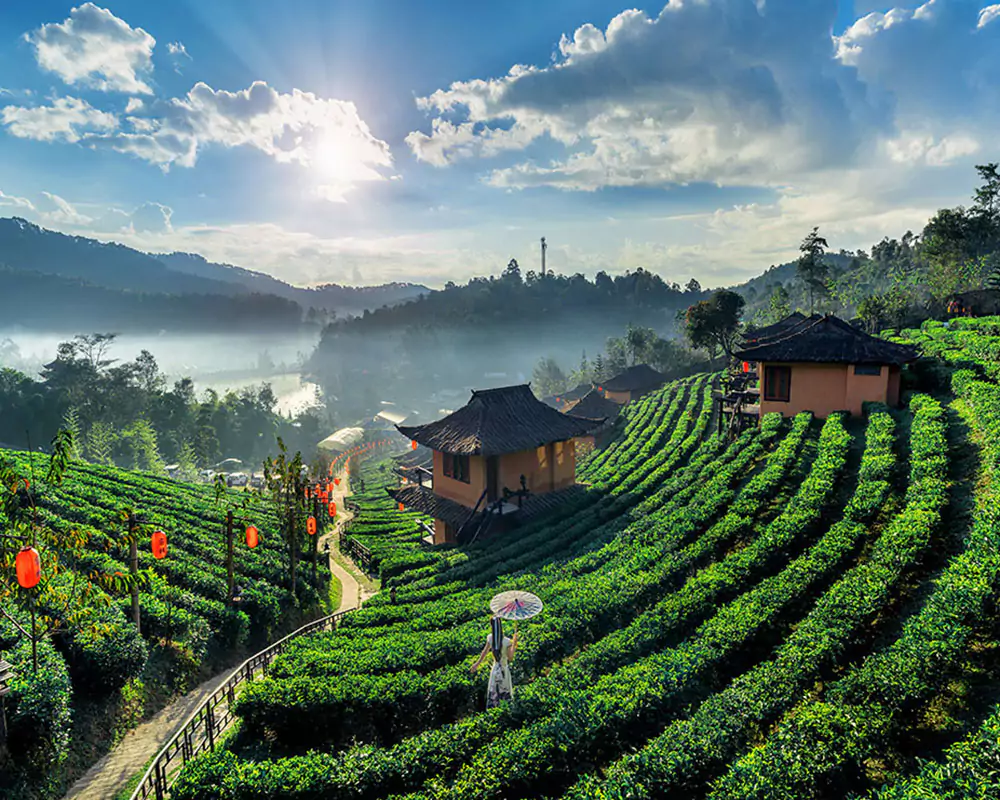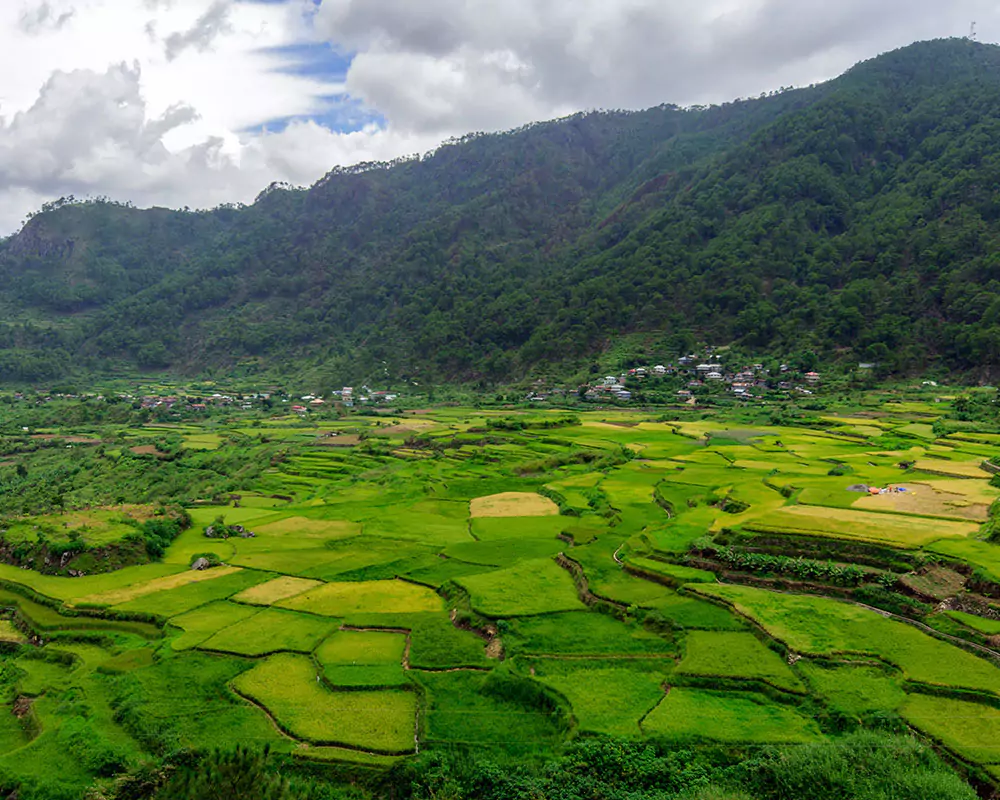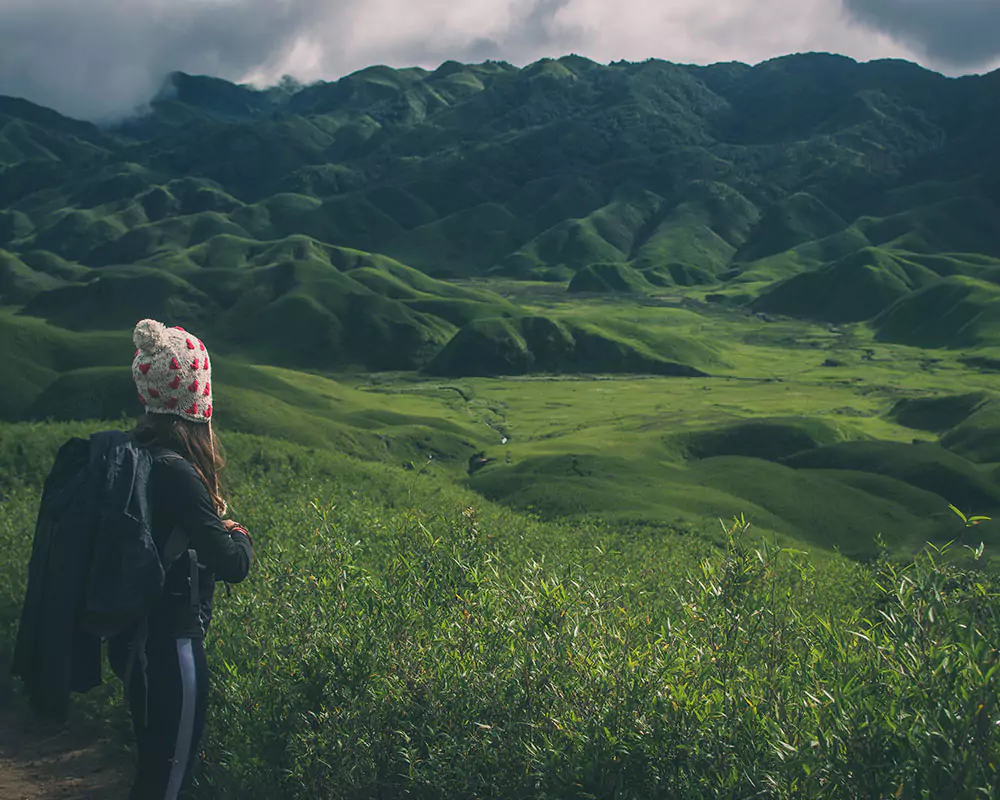About Nagaland
Nagaland, located in the northeastern part of India, is a state known for its rich cultural heritage, vibrant traditions, and stunning natural beauty.
History
1 Nagaland‘s history dates back to ancient times, with evidence of human habitation dating back thousands of years.
2 The region was inhabited by various indigenous tribes, each with its own distinct culture, traditions, and languages.
3 The struggle for Naga self-determination and independence led to decades of insurgency and armed conflict between Naga nationalist groups and the Indian government.
Geography of Nagaland
1 Nagaland is characterized by its rugged terrain, lush green hills, and dense forests. It shares borders with the Indian states of Assam, Arunachal Pradesh, Manipur, and Myanmar.
2 Naga traditional attire, which includes colorful woven shawls, beadwork, and headdresses, is an integral part of the cultural identity of the people.
Nagaland Festivals
Hornbill Festival
Hornbill Festival The Hornbill Festival is perhaps the most famous festival in Nagaland and is celebrated annually from December 1st to 10th in Kisama village near Kohima, the capital city. Named after the Indian hornbill bird, which is revered in Naga folklore, this festival showcases the diverse traditions, art, music, dance, and cuisine of the Naga tribes.
Moatsu Festival
Moatsu Festival Celebrated by the Ao tribe in early May, the Moatsu Festival marks the completion of sowing seeds and the beginning of the farming season. It is a time of feasting, singing, dancing, and merry-making.
Sekrenyi Festival
Sekrenyi Festival: Also known as Phousanyi or Phoushnyi, the Sekrenyi Festival is celebrated by the Angami tribe in February. It is a purification festival that marks the onset of spring and the renewal of life.
Aoling Festival
Aoling Festival: Celebrated by the Konyak tribe in April, the Aoling Festival is a colorful event that marks the beginning of the agricultural season and the arrival of spring. It is celebrated with great enthusiasm and includes rituals to invoke blessings for a bountiful harvest.
Naknyulem Festival
Naknyulem Festival: Celebrated by the Chang tribe in November, the Naknyulem Festival is a harvest festival that celebrates the end of the agricultural season. It is a time of thanksgiving and feasting, where the community gathers to share food, traditional brews, and cultural performances.
Nagaland Foods
Naga cuisine is as diverse as the tribes inhabiting Nagaland, and it reflects the rich cultural heritage and culinary traditions of the regio.
1 Smoked Pork (Axone)- Axone is fermented soybean paste that adds a unique flavor to Naga cuisine. Smoked pork cooked with axone is a traditional delicacy loved by many.
2 Bamboo Shoot Curry- Bamboo shoots are a staple ingredient in Naga cuisine and are used in various dishes.
3 Naga Style Chicken Curry (Naga Chicken)- This spicy chicken curry is a quintessential Naga dish. Chicken pieces are cooked in a fiery red gravy made with king chili, garlic, ginger, and other spices, resulting in a robust and flavorful dish.
4 Smoked Beef (Akini Chokibo)- Akini Chokibo is a traditional Naga dish made with smoked beef. The beef is marinated with spices and smoked over a wood fire, imparting a distinct smoky flavor. It is often served with steamed rice or bread.
5 Akhuni- Akhuni is another fermented soybean product used in Naga cuisine. It is similar to axone but has a stronger flavor. Akhuni is often used as a condiment or flavoring agent in various dishes, adding depth and complexity to the flavors.

Nagaland Traditions
Nagaland is home to numerous indigenous tribes, each with its own rich traditions and cultural practices. Here are some key aspects of Nagaland's traditions.
1 Vibrant Festivals- Festivals play a central role in Nagaland’s cultural life, offering a glimpse into the diverse traditions of its tribes.
2 Tribal Attire- Traditional attire holds great significance in Nagaland’s cultural identity. Each Naga tribe has its own distinctive style of clothing, adorned with intricate patterns, colorful fabrics, and traditional accessories.
3 Tribal Huts and Architecture- Traditional Naga villages are characterized by their unique architectural style, with houses built using locally available materials such as bamboo, wood, and thatch.
4 Tribal Music and Dance- Music and dance are integral parts of Naga culture, with each tribe having its own repertoire of traditional songs and dances.
5 Oral Traditions and Folklore- Nagaland has a rich oral tradition, with myths, legends, folktales, and oral histories passed down through generations.
6 Rituals and Ceremonies- Rituals and ceremonies are an integral part of Naga life, marking important life events such as birth, initiation, marriage, and death.
7 Community Bonding and Solidarity- Naga traditions emphasize the importance of community bonding, solidarity, and mutual support. Social gatherings, communal work, and sharing of resources are integral to maintaining social cohesion and harmony within the tribe.
Nagaland Tourist Places
Nagaland, known for its lush green hills, rich cultural heritage, and vibrant traditions, offers a variety of tourist attractions for visitors to explore.
1 Kohima- The capital city of Nagaland, Kohima, is not only a bustling urban center but also a gateway to the state’s cultural and historical landmarks. Tourists can visit the Kohima War Cemetery, dedicated to the soldiers who lost their lives during World War II, and the State Museum, which showcases Naga artifacts, textiles, and tribal art.
2 Kisama Heritage Village- Located near Kohima, Kisama Heritage Village is the venue for the annual Hornbill Festival, where visitors can experience the rich cultural diversity of Nagaland.
3 Dzukou Valley- Situated at an altitude of about 2,400 meters above sea level, Dzukou Valley is a picturesque destination known for its scenic beauty, seasonal flowers, and trekking trails.
4 Japfu Peak- Japfu Peak, located near Kohima, is the second-highest peak in Nagaland and offers stunning views of the surrounding landscape.
5 Mokokchung- Known as the cultural and intellectual hub of Nagaland, Mokokchung is renowned for its vibrant festivals, traditional handicrafts, and picturesque surroundings.
6 Tuensang:-Tuensang is the largest district in Nagaland and is known for its diverse tribal communities, colorful festivals, and scenic landscapes
7 Wokha- Wokha District is famous for its terraced fields, orange orchards, and the Doyang River.






